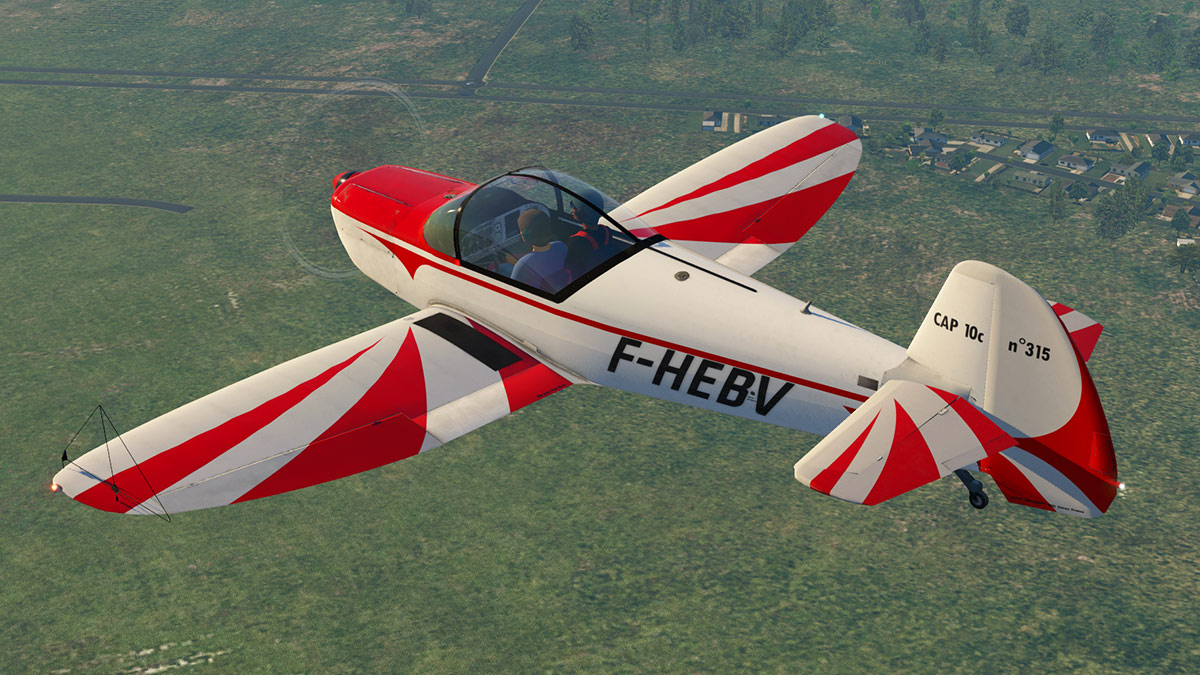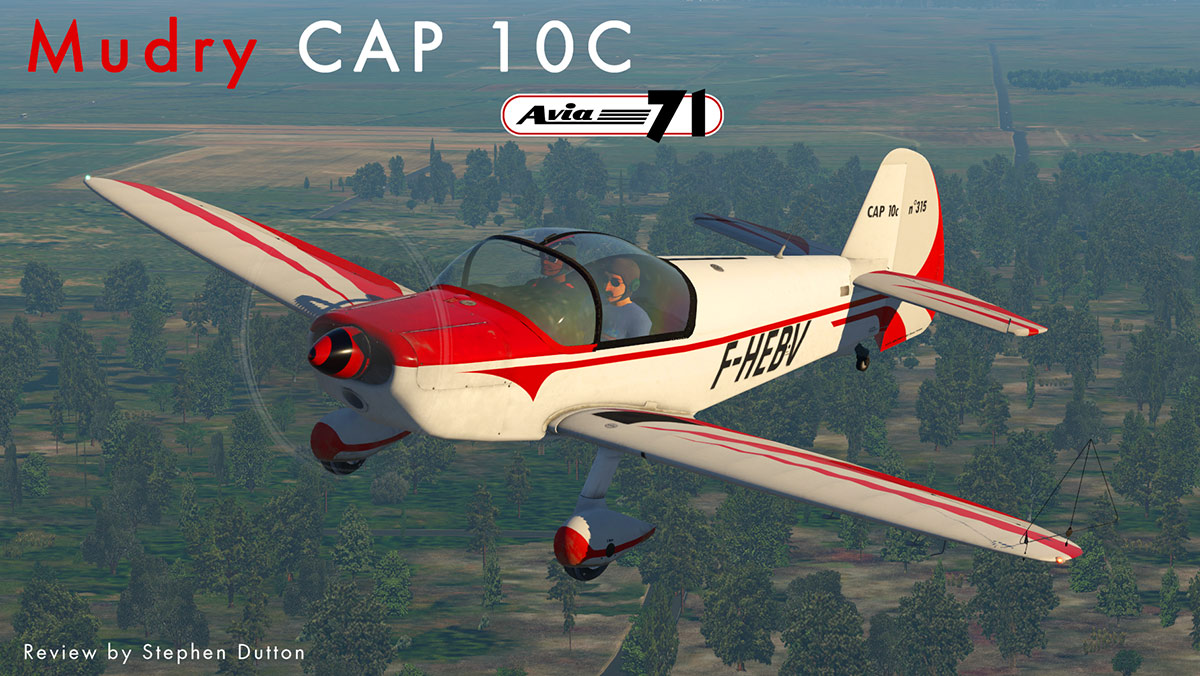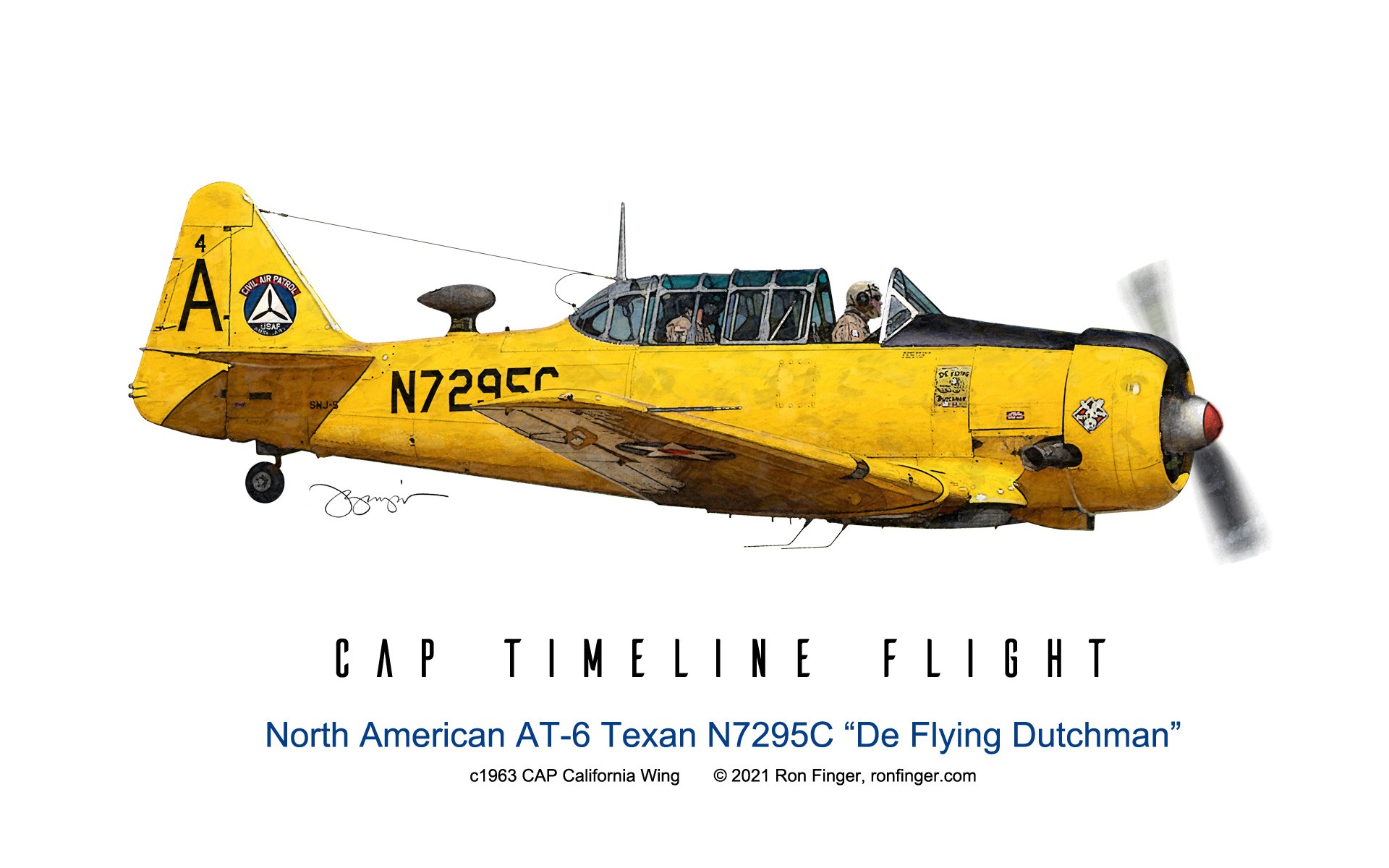Cap Aircraft - Cold War/1950-1975 Post-World War II, CAP focused its efforts on three core programs – Cadet Programs, Emergency Services, and Aerospace Education. In 1948, CAP began participating in the International Air Cadet Exchange, and in 1949 it introduced its first aerospace education literature for use by CAP units or school teachers.
This medal commemorates the organization's unusual contributions to World War II. On its obverse, Stinson Voyager 10A aircraft armed with demolition bombs escort an oil tanker. The aircraft in the foreground has the coastal patrol roundel and the number "65," representing the CAP members killed during the war.
Cap Aircraft

To the left, two civilian volunteers, a male coastal patrol observer and a female pilot, both vigilantly scan the sky. On Aug. 28, 2015, Jan. Mark A. Welsh III, Air Force chief of staff, announced CAP officially a member of the U.S.
Civil Air Patrol History
Air Force's Total Force, joining the regular, guard, and reserve forces as American airmen. CAP's work in response to hurricanes Katrina and Sandy, the Deepwater Horizon oil spill, and other emergencies has continued to demonstrate the cost-effectiveness and potential of dedicated volunteers who embody the CAP motto: Semper Vigilans.
. . Always Vigilant. CAP has also expanded its youth leadership program curriculum to include K-6 students. Its Aerospace Connections in Education program is driven by grade-specific studies that enrich classroom aerospace, character education, and physical fitness for nearly 20,000 children in 34 states.
"While the goal was $50,000, the generosity of numerous groups allowed the [cadet flight scholarship] challenge to exceed this goal and make available additional funding for deserving cadets," explains Don Rowland, CAP Chief Operating Officer. "The CAP Board of Governors issued a challenge to raise $25,000 to be matched with foundation funds
to provide full funding for the top graduates of CAP's powered flight academies to obtain their private pilot certificates.” At its establishment, CAP made no provision for the participation of youth. On Oct. 1, 1942, CAP leaders issued a memorandum creating the CAP Cadet Program for boys and girls ages 15 to 18. The cadet program proved to be a powerful force for imparting practical skills and preparing teenagers for the military and other wartime service agencies.
In 1941, Wilson launched his perfected program: the Civil Air Defense Services (CADS). That summer, tasked by Fiorello H. LaGuardia (New York mayor and director of the federal Office of Civilian Defense and also a World War I aviator), Wilson, publisher Thomas H. Beck, and newspaperman Guy P. Gannett proposed Wilson's CADS program as
a model for organizing the nation's civil aviation resources. On May 30, 2014, President Barack H. Obama signed legislation into law awarding the Congressional Gold Medal to the approximately 200,000 World War II members of CAP.

The medal is the country’s highest expression of appreciation for distinguished achievements and contributions. On Dec. 10, 2014, Speaker of the House John Boehner presented the medal to CAP National Commander Maj. Gen. Joseph R. Vazquez and former U.S.
Representative Lester L. Wolff, himself a wartime member of the New York Wing. Origins/1936-1941 The origins of Civil Air Patrol date to 1936, when Gill Robb Wilson, World War I aviator, and New Jersey director of aeronautics, returned from Germany convinced of impending war.
Wilson envisioned mobilizing America's civilian aviators for national defense, an idea shared by others. Nurturing that love for aviation is really what the flight academies are all about. Not every cadet solos or goes on to earn a pilot certificate, but they do gain a sense of accomplishment.
"Success here illustrates that these cadets have accomplished something that less than one-half of one percent will ever do," notes Lt. Col. Bob McDonnell, director of CAP's Shirley Martin Powered Flight Academy in Texas. The below documents are required for all CAP Aircraft assigned to NCWG.
The chart outlines the order the documents should be in. Please note that some of the documents below are exclusive to the North Carolina Wing and can only be found below. With such a robust ops tempo, CAP recognizes that having pilots available for these missions is a must.
CAP cadets and qualified mission pilots are therefore authorized to use CAP airplanes for flight instruction towards any FAA certificate or rating. With a few exceptions, adult members cannot receive initial flight training on powered aircraft.
However, any CAP member is authorized to use CAP gliders and balloons for initial and transition flight instruction towards any FAA certificate or rating. New Millennium/2001-Now The terrorist attacks of Sept. 11, 2001, ushered CAP into a new era of homeland defense.
The following day, a CAP Cessna 172, the only nonmilitary aircraft allowed in the nation's airspace, provided emergency management officials with the first high-resolution images of the World Trade Center site. Nationwide, CAP volunteers transported blood and medical supplies, provided communication and transportation support, and assisted state and federal officials.

Civil Air Patrol's youth program, better known as its cadet program, is where I began my journey with aviation. You can join CAP as a cadet if you are at least 12 years old and have not yet reached your 19th birthday.
Cadets can stay in the program until they turn 21, as long as they have not entered active duty in the military and are enrolled in a school. The program’s four focus areas are leadership, aerospace, fitness, and character.
It’s been 20 years, but I still remember my very first experience with Civil Air Patrol (CAP). I was in high school and went with a friend to the local airport to learn a little more about the nonprofit and Air Force Auxiliary.
The idea that we — as kids — could volunteer for something useful and serve our local community in a unique way was inspiring. We were originally focused on saving lives through CAP's search and rescue missions looking for missing aircraft.
OpenAirplane's Universal Pilot Checkout is based on CAP's pilot standards. Unlike a flight review, it is a pass/fail demonstration evaluated against FAA practical test standards. Both on the ground and in the air, you'll be demonstrating that you can meet the standard.
"CAP pilots consistently demonstrate a safety record 60 percent better than the rest of the pilots flying single engine airplanes under part 91. It's this proven doctrine that enables us to offer CAP pilots access to our network," explains Rod Rakic, co-
founder and president of OpenAirplane. With increased federal funding and the creation of the U.S. Department of Homeland Security, CAP received new technologies for its emergency services, including hyperspectral imaging, improved airborne communication, forward-looking infrared systems, GPS-equipped glass cockpit avionics, and geospatial information interoperability.
CAP aircrews train alongside government officials and military personnel in air defense intercept missions, communication exercises, and cybersecurity and even simulate unmanned aircraft to provide imagery training support for deploying forces. "We provide our cadets with the foundational skills to become safe and proficient pilots and spark that lifelong passion for aviation," explains Maj.

Robert Bowden, director of CAP's Johnson Flight Academy in Illinois, which just celebrated its 50th anniversary. "It's incredible to see the transition of a cadet who may have never flown in a small airplane to having the tools and knowledge to safely operate that aircraft ... and hopefully go on to earn a private pilot certificate."
Being a CAP pilot has other benefits in the GA community. CAP flight procedures are becoming an industry standard. As an example, if you are current to fly for CAP, you're current to rent with OpenAirplane, which is an online platform allowing FBOs and flight schools around the country to easily verify a pilot's credentials and eliminate the cost of an additional check ride
when a pilot wants to rent an aircraft away from home. Looking back on the time I have spent in CAP as a cadet and a regular member, I can honestly say that I have flown in more types of aircraft than I can remember.
I can't think of any other organization that could have given me so much exposure to the aviation world — even more than the time I spent on active duty in the Air Force. The FAA is also charged with preparing and inspiring the next generation of skilled professionals for the aviation/aerospace communities through its STEM Aviation and Space Education (AVSED) Outreach Program.
In 2011, the FAA and CAP signed a memorandum of understanding to establish a "partnership in support of the FAA's mission to support a safe, secure, and efficient aerospace system that contributes to national security and economic growth in the 21st century and CAP's mission to carry out its Congressional mandate to encourage and aid citizens of the United States in contributing their efforts, services, and resources in developing aviation and to
provide aviation education and training.” For more about AVSED, go to www.faa.gov/education. A copy of all documents related to being a CAP pilot must be uploaded to Ops Qual. This includes, but is not limited to, both sides of all pilot certificates, medical certificate or Basic Med documents, current Flight Review and/or Wing Program certificate.
Also necessary is the pilots most current Form 5, an aircraft questionnaire for each CAP aircraft certified in and, if qualified, the most current Form 91. See your Squadron Ops officer for assistance. If further questions exist, contact the Wing Stan/Eval Officer at the web address above.
I Fly America PO Box 882196 Port St. Lucie, FL 34988 614-497-4088 Office hours M-F 8:30am - 5:00pmOur Privacy Policy © I Fly America 2021 CAP is charged by Congress with an educational mission, which is the source of its nonprofit status.

According to Title 36 United States Code chapter 403, the organization will "provide aviation education and training especially to its senior and cadet members" and "encourage and foster civil aviation in local communities." CAP’s wartime record ensured its postwar future.
On July 1, 1946, President Harry S. Truman signed Public Law 79-476, incorporating the organization. Following the creation of the U.S. Air Force as a separate branch of the armed services, Truman signed Public Law 80-557, establishing CAP as the Air Force's civilian auxiliary on May 26, 1948.
CAP's male and female volunteers engaged in an array of wartime missions. These included aircraft warnings, southern liaison patrol duty along the Mexican border, courier service, missing aircraft searches, disaster relief, tow targets, tracking operations, forest patrols, and many others.
CAP flies a variety of missions that give members a unique opportunity to serve our country. Last fiscal year, CAP performed more than 860 search and rescue missions and saved 69 lives. Aircrews routinely fly as simulated targets to allow military fighter jets and law enforcement helicopters to practice safe intercepts of small general aviation (GA) aircraft violating restricted airspace.
CAP aircraft escort military drones through Class B airspace to meet FAA's "see and avoid" requirement. And flying after natural or man-made disasters to take video and photos of damage is the new normal for CAP.
After Hurricane Sandy, CAP aircrews took more than 158,000 images for FEMA. The pipeline that historically produces airline pilots is shrinking, and the number of airline flights is increasing. The effects of this pilot shortage are already being felt by the regional airlines across the country.
Civil Air Patrol is now committing resources to help combat the shortage. CAP assisted in training the Air Force's Ground Observer Corps, conducted aerial radiological monitoring of nuclear fallout and participated in Operation MOONWATCH by optically tracking artificial satellites.
The 1973 law making Emergency Locator Transmitters mandatory in aircraft vastly expanded CAP's search and rescue capabilities. From March 1942 through August 1943, armed CAP aircraft at 21 coastal patrol bases extending from Maine to the Mexican border patrolled the waters off the Atlantic and Gulf coasts.

Their success in thwarting submarine attacks and safeguarding shipping lanes led President Franklin D. Roosevelt to issue Executive Order 9339 on April 29, 1943, transferring CAP from the Office of Civilian Defense to the Department of War.
Actually flying the aircraft hadn't crossed my mind yet ... until the Army landed a Blackhawk helicopter in front of the CAP meeting area so the cadets could hop in and look around. I was hooked, and my love for aviation grew beyond what I had ever imagined possible.
Here's a look at what volunteering with CAP can do for your inner-aviator at any age. Aerospace Education Members (AEM) enjoy many free educational opportunities ranging from receiving lesson plans to participating in a teacher orientation flight.
This unique membership category is designed for educators or others involved in promoting aerospace education in classrooms, museums, or other youth organizations. A benefit to teachers is access to CAP's STEM kits, which are used to inspire youth to explore careers in science, technology, engineering, and mathematics.
These kits have already reached more than 150,000 K-12 students nationwide and CAP's 25,000 cadets. The Operations Directorate is charged with the management and oversight of the region's flight operations as well as related training and education.
Additionally, the operations section is involved with the maintenance of aircraft and care of personnel involved in particularly stressful incidents. CAPR 60-1, para 2-4e requires that all CAP aircraft have a standardized Aircraft Information File. A few pages were recently changed at the request of the wings.
All of the updated pages are clearly marked and available for download at: standardized Aircraft Information File On a side note, qualified adult pilots are also needed to fly cadets on these flights, which is paid for by the Air Force.
It's a great way to build up flight hours while serving the local community. Civil Air Patrol as an organization has also voluntarily adopted a GA-appropriate version of the FAA's Safety Management System (SMS) approach to aviation safety.
This is the formal, top-down, organization-wide approach to managing safety risk and ensuring the effectiveness of safety risk controls. It includes systematic procedures, practices, and policies for the management of safety risk. Last year, the FAA published a rule that requires part 121 air carriers to develop and implement SMS in their companies.
CAP is taking the lead in the GA community by implementing SMS. To learn more about SMS and how to implement it locally, go to https://www.faa.gov/about/initiatives/sms.
civil air patrol aircraft fleet, cap aircraft for sale, civil air patrol airplanes, cap aircraft flight time log, cap airplanes, cap aircraft ground handling training, civil air patrol cessna, cap airplanes for sale